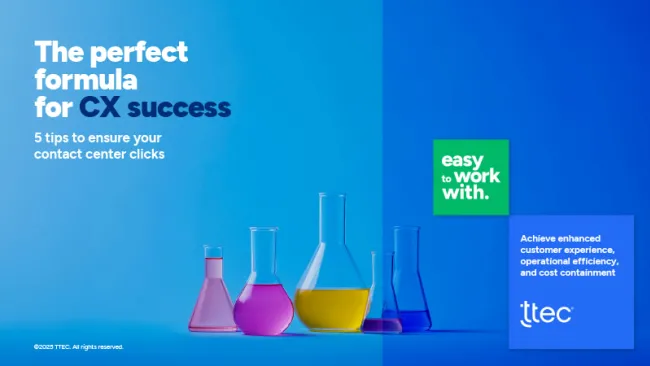As a small or medium sized business, it’s easy to fall into the trap of complacency. While the big guys are hustling to get to the next best thing for customer care, smaller companies move at a slower pace. With resources always seeming to be tied up in other projects and pursuits, it’s easy to push back contact center upgrades. Your customers aren’t complaining, and as they say, if it isn’t broken, don’t fix it.
Not All Silence is Created Equal
There’s silence and then there’s silence. One might mean that things are okay, nothing is wrong… but then there’s the other, sharks swimming below the surface, the far-off rumble of thunder, a shifting of the ground underfoot. Sorry to tell you: your quiet customers are likely in the second camp… and you probably don’t even know it.
If you’re counting on customer complaints to let you know when there’s a problem, truth is, most of your customers won’t bother to complain, at least not where you can hear it. They’re not going to go through the trouble to share their opinions with the company that angered or disappointed. If you’re lucky, they’ll just slink away and go to your competitors. If you’re not lucky, they’ll tell their families and friends. They’ll go on Facebook and Twitter and poison your reputation far and wide.
So, what are the stats? ThinkJar has put together some truly scary numbers around the “silent majority” of unhappy customers who won’t bother to let you know they’re dissatisfied, but will simply leave:
- Only one out of 26 unhappy customers complain.
- 91 percent of unhappy customers who are non-complainers simply leave.
Armed with the knowledge that quiet customers don’t mean happy customers, what can companies do to turn those frowns upside-down?
- Get proactive. Post-contact surveys are an easy and inexpensive way to gauge customers’ satisfaction without relying on unhappy customers to contact you. In addition to learning of any individual concerns that you can follow up on, companies can also use the post-contact survey to spot customer experience trends as well as pain points for further investigation and improvement.
- Respect your customers’ time. A 2016 Forrester study found that 73 percent of consumers state that valuing their time is the most important thing a company can do to deliver good service. Providing virtual hold, robust self-serve IVR, and improving first call resolution through intelligent routing go a long way to the painless and fast customer experience.
- It’s a journey, not a trip. By looking at the big picture of customers’ experiences with your company instead of instant transactions, companies can see what’s working and what’s not, improving the customer experience on both a macro and micro level.
- Get personal. In addition to the warm and fuzzy benefits of an associate being able to speak directly to a customer’s past experience, personalized and relevant customer experiences enable faster and more efficient interactions.
- Change channels. A recent Google study found that an incredible 98 percent of Americans switch between devices (tablet, PC, smartphone) in the same day. By engaging with customers via channels they’re already using (and not forcing customers to switch), companies are able to create the ideal of near-effortless interaction. Factoring in recent Aberdeen Group research that omnichannel contact centers deliver a 24 percent year-over-year improvement in annual company revenue, a 55 percent decrease in customer complaints and a staggering 241 percent improvement in customer retention, and it’s not hard to make a case that adding omnichannel to your customer experience arsenal is a winning proposition.
Even if companies can’t go toe-to-toe with bar-raising corporate giants, there’s no excuse not to provide a worthwhile customer experience. Companies of every size have cost-effective options available to deliver next-generation experiences, giving their customers something to talk about, instead of shaking their heads and turning to competitors.
Like this post? Subscribe to our customer experience blog.
Also, check out the most recent issue of our monthly customer experience eNewsletter, Dialogue.
















